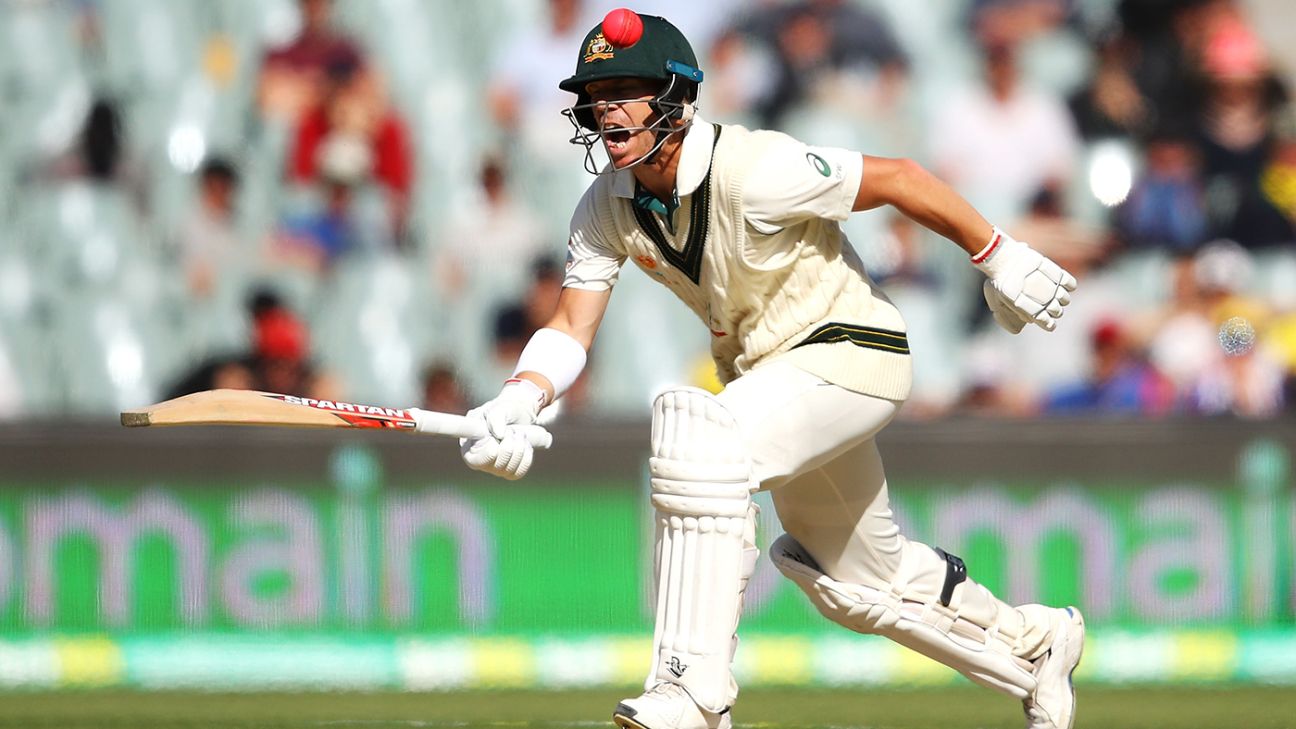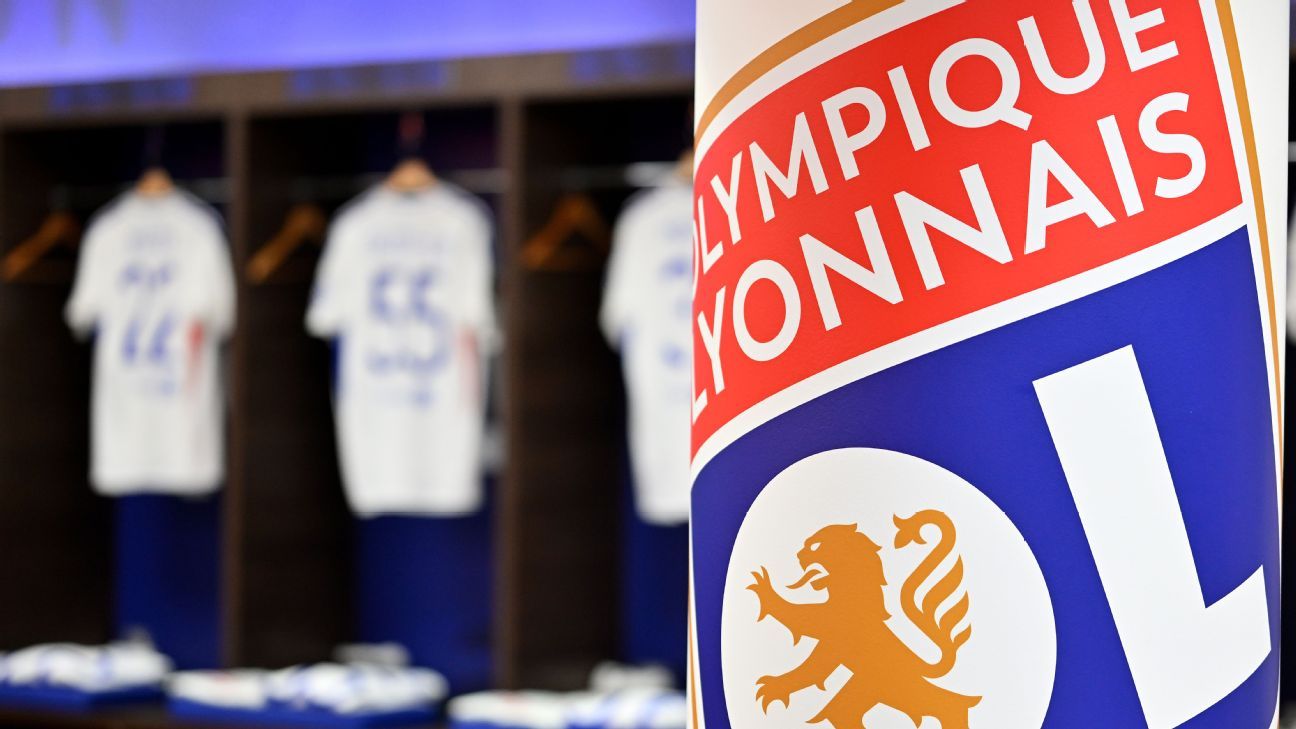
Australia's captain Tim Paine has called for an end to demands for a pink Test match ball that behaves identically to a red one, arguing that the players and followers needed to accept floodlit long-form cricket for the high drawing entertainment product that it is.
Paine's team defeated Pakistan by an innings and 48 runs in front of 91,879 people at Adelaide Oval and healthy broadcast audiences around Australia, with the attendance more than double that of the first Test at the Gabba in Brisbane, despite far less favourable weather conditions.
These facts have underlined the case for pink-ball cricket, something the Cricket Australia chief executive Kevin Roberts had magnified by quipping in Brisbane that he would personally like to see Australia's Test series against India next summer played exclusively as day-night matches. But in the face of some scepticism still remaining among his players - Mitchell Starc stating that the pink ball behaves more like a white ball - Paine argued that the floodlit game's challenges and subtleties needed to be seen on their own merit.
"I think what we want is people watching Test match cricket and I think the pink-ball day-night Test certainly makes that happen," Paine said. "It's bringing new people to the game. I think what we need to stop doing is trying to compare the pink ball to the red ball. It's not going to behave the same, it isn't the same ball. And from a players' point of view again, day-night Test cricket creates different challenges so the best players will again find way to succeed. And Mitchell Starc has done it. His record is unbelievably good with the pink ball.
"David Warner has just got a triple century. Marnus got a 100. All the good players still score runs and take wickets regardless of the colour I think it's just a slight shift in how we think about it. It's not going to behave like a red ball, it's not going to behave like a white ball. It's going to behave like a pink ball. And at the moment it's relatively new and we're getting used to it. It can be challenging fielding at night and being in the slips but I don't think that's any different to a white ball sometimes either.
"It's just something players will adapt to and get better at but in terms of the product I think it's good to watch."
One of the changes wrought by the day-night conditions was Paine's decision to enforce the follow-on well after he would usually have batted a second time, due to the fact the post-dinner session promised more movement and assistance for the pace bowlers. "If we had taken the wickets quickly we would've bowled as well," Paine said. "We were hoping to get them a lot quicker than we did.
"In the end it became a close one because had it been a red ball we probably would've batted again had it been a normal Test match, but it took us time to get those wickets so then the night session was coming again and we saw a few years ago against England that the game can change really quickly under the lights. A lead of close to 300, only a few hours to bowl, we knew if our bowlers could take a couple of early wickets and we get them home, get them asleep and rested that they'd come back and fire for us today.
"It was getting closer to having a bat, but the conditions have certainly favoured bowling at night and a couple of our batters were pretty keen to keep bowling. I thought last night when the lights came on it was a pretty simple decision, although our bowlers had bowled a lot of overs, they had a decent rest for the first two days so we knew they had plenty in the tank."
CA is yet to enter into formal discussions with India about whether their series in Australia next summer will include one or more pink-ball Test matches, though both Roberts and the CA chairman Earl Eddings have commented positively about the fact the BCCI have at last scheduled a home pink-ball Test, the recent match against Bangladesh in Kolkata.















 Phone: (800) 737. 6040
Phone: (800) 737. 6040 Fax: (800) 825 5558
Fax: (800) 825 5558 Website:
Website:  Email:
Email: 






